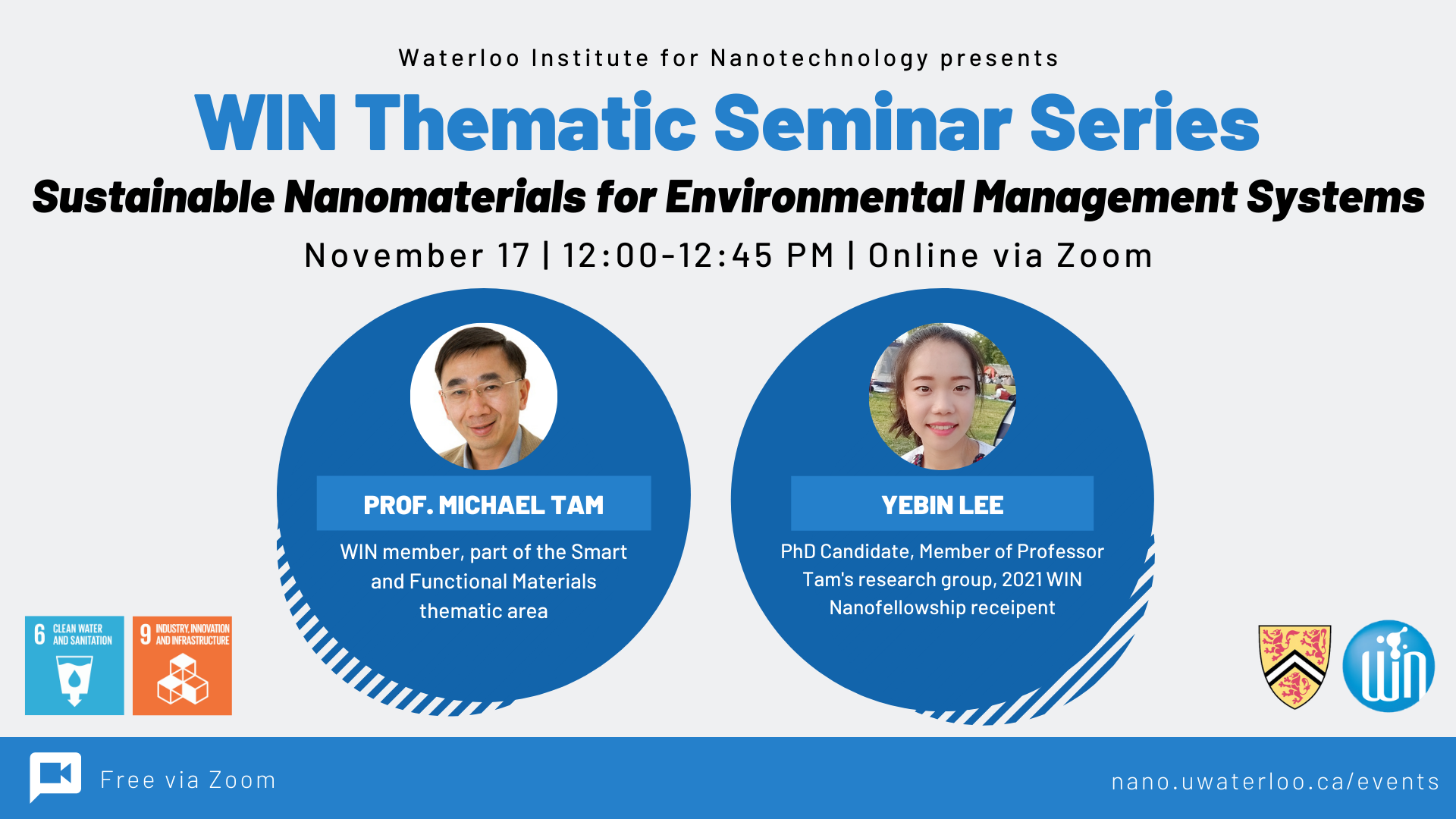
Sustainable nanomaterials, such as cellulose nanocrystals (CNCs) are rod-like nanoparticles obtained by sulfuric acid hydrolysis of cellulose fibres. Several properties of CNCs, such as their availability, low cost, high mechanical strength, a large number of surface functional groups, high surface area per volume and aspect ratio have led to an increasing interest in using them for adsorption and controlled release applications. Pristine CNCs were incorporated into hydrogel beads in order to eliminate the need for centrifugation.
CNCs used in these hydrogel beads were also functionalized and the adsorption and controlled release characteristics were examined. CNCs incorporated alginate hydrogel bead systems possessed attractive adsorption properties both in batch and fixed-bed column adsorption systems.
These hydrogel beads could be regenerated and reused if necessary. Additionally, cellulose nanofibers (CNFs) were combined with CNCs and pulp fibers to produce a filtration membrane suitable for the removal or organic and metallic contaminants. These sustainable nanomaterials possess attractive characteristics for the removal of various types of contaminants in wastewater systems. In addition, these nanomaterials can be modified and functionalized for selective adsorption of heavy metals and also decontaminate water by incorporating anti-bacterial properties to these nanomaterials.